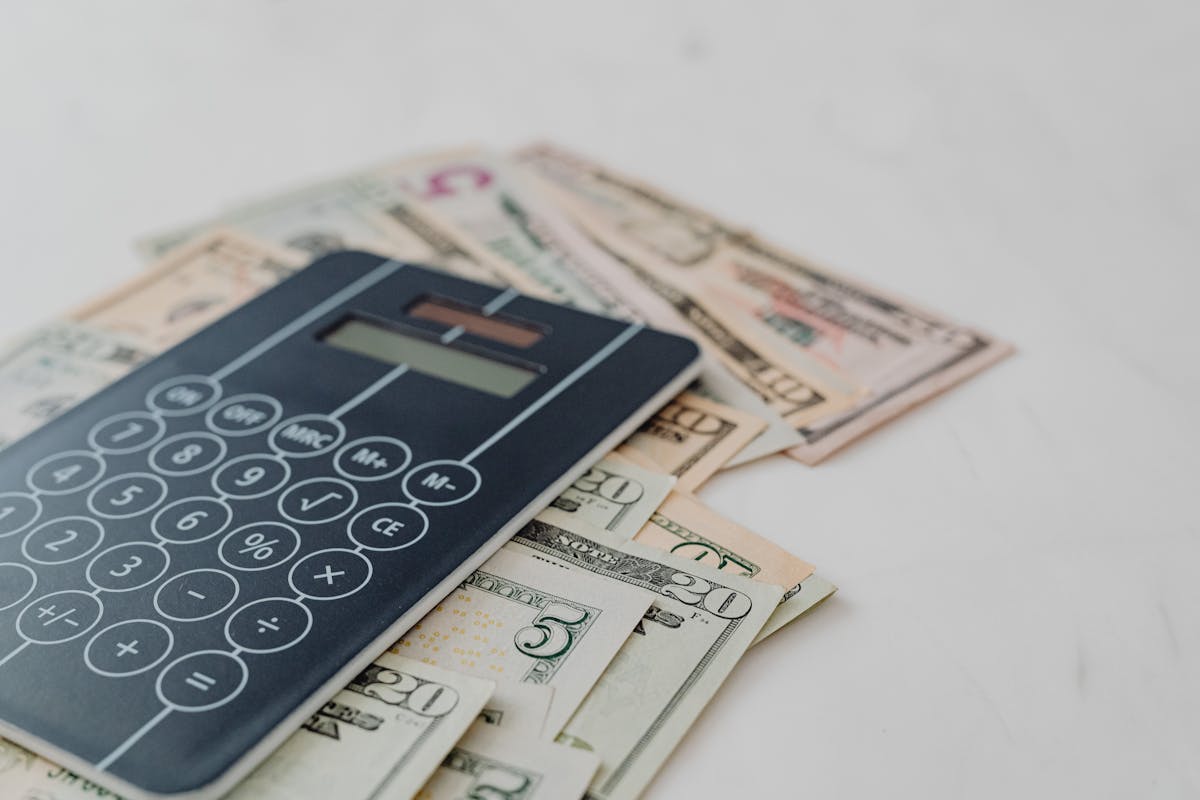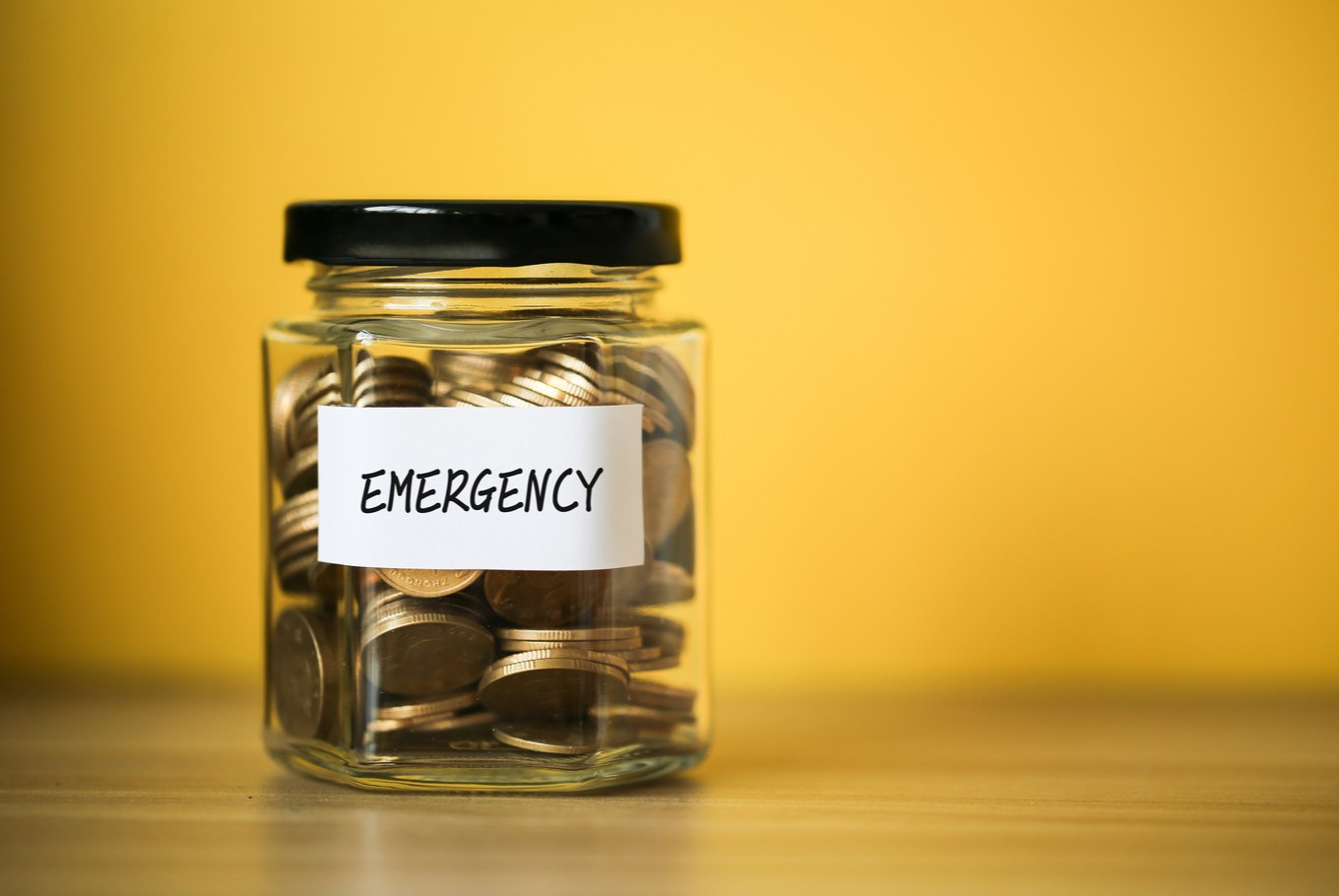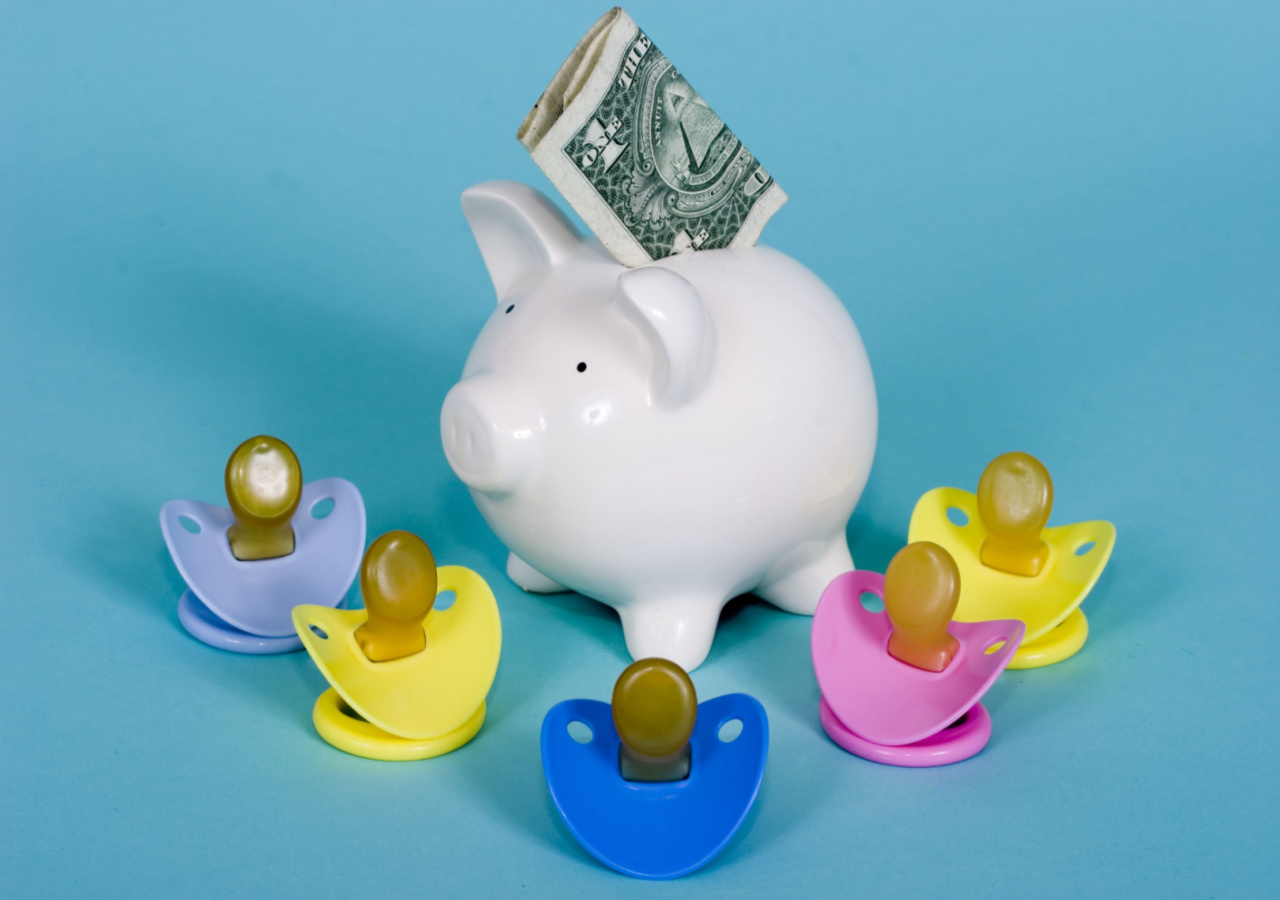Debt can be intimidating, but starting to manage it means clearly assessing your financial situation. Start by creating an inventory of all debts, such as credit card amounts, personal loans, vehicle installments, student loans, and any pending medical expenses. For each debt, record the complete sum, the smallest monthly installment, the interest percentage, and the payment deadline. This overview will provide both a broad view and detailed insight into your financial obligations.
Consider Jane’s experience: she accumulated five credit cards, a car loan, and a small personal loan. By creating a spreadsheet listing interest rates and monthly obligations, Jane discovered that some cards charged nearly triple the interest rate of others. This awareness allowed her to prioritize repayments more strategically.
Evaluating Your Financial Means
Now, evaluate your income versus expenses. Track all sources of income—salary, freelance work, government assistance—and list all monthly expenses, distinguishing between necessities (rent, utilities, groceries) and discretionary spending (entertainment, dining out). Many fall into the trap of underestimating daily spending; using budgeting apps or bank statements can provide objective recognition of patterns.
After examining her finances, Jane realized she was allocating $120 each month to coffee and meals. By channeling this money into debt repayments, she could reduce her interest costs by hundreds annually.
Designing a Practical Repayment Strategy
Once you know your numbers, determine how much you can realistically allocate to debt repayment each month. Two popular strategies include the debt avalanche—which focuses excess payments on the highest-interest debt first—and the debt snowball—which pays off the smallest debts first for psychological wins. Research from the Harvard Business Review suggests that many people stick with repayment plans longer when they achieve early, tangible progress; thus, consider personal motivation while selecting a strategy.
Suppose you owe: $500 (18% APR), $2,000 (24% APR), and $800 (12% APR). The avalanche approach would have you pay the $2,000 first, while the snowball targets the $500 debt. There is no universally superior method; the key is consistency.
Communicating With Creditors and Exploring Aid
If repayment at the minimum or more seems unattainable, reach out to your creditors before missed payments. Many lenders provide hardship programs, temporary rate reductions, or forbearance options. When Jane lost her job, she informed her credit card companies, negotiating lower payments until employment resumed. Proactive communication signals responsibility and can prevent negative credit reporting.
Research nonprofit credit counseling agencies in your region. Certified counselors help you organize finances, may assist in negotiating reduced payments, and sometimes administer debt management plans that consolidate multiple payments into one. Be wary of for-profit companies promising quick fixes; always verify credentials and read reviews.
Prioritizing Essential Payments
Some debts carry more severe consequences for missed payments, such as mortgages, rent, and utility bills, which may threaten shelter or basic services. Prioritize these over unsecured debts (like credit cards), especially during periods of crisis. For example, during the pandemic’s early phase, many jurisdictions offered eviction moratoriums or utility bill relief—invest time in discovering local protections or assistance programs.
Cutting Costs and Increasing Revenue
Reducing expenses may release essential funds for repayment. Discontinue subscriptions that aren’t in use, opt for cheaper mobile plans, and utilize community services such as public libraries or food banks during difficult times. Additionally, selling items online or engaging in short-term employment (gig work, tutoring, freelance tasks) can create a significant change within a few months.
Consider the story of Luis, who, by driving for a rideshare service part-time, generated extra payments that shaved six months off his debt timeline.
Addressing the Emotional Impact of Debt
The mental strain of debt frequently results in anxiety, insomnia, and loneliness. Seek support by confiding in reliable friends or relatives, or by joining support groups to exchange experiences and gain insights from others’ paths. Financial therapy is becoming more recognized, assisting individuals in understanding emotional triggers related to expenses and worries about debt.
Identifying When to Request Expert Assistance
If your debt load is unmanageable—if, for instance, you juggle payments with payday loans or consistently miss minimum payments—it may be time to consult a bankruptcy attorney or financial advisor. Bankruptcy is a significant decision with far-reaching effects, but for some, it provides a necessary reset. Understanding all legal rights and options can empower you to make informed choices rather than acting out of desperation.
Developing Sustained Economic Resilience
Addressing existing debt should be viewed as part of a broader effort to cultivate financial health. Learning to budget, setting up emergency savings—even a small cushion of $500—can help break cycles of recurring debt. Explore available financial education resources from reputable institutions, such as the Consumer Financial Protection Bureau’s free online tools or local community classes.
Adopting these proactive approaches transforms debt from an endless burden into a challenge that, with effort and support, can be overcome. Each repayment, each positive choice, builds not only a path out of current obligations but also lays a foundation for sustained financial strength and stability.







